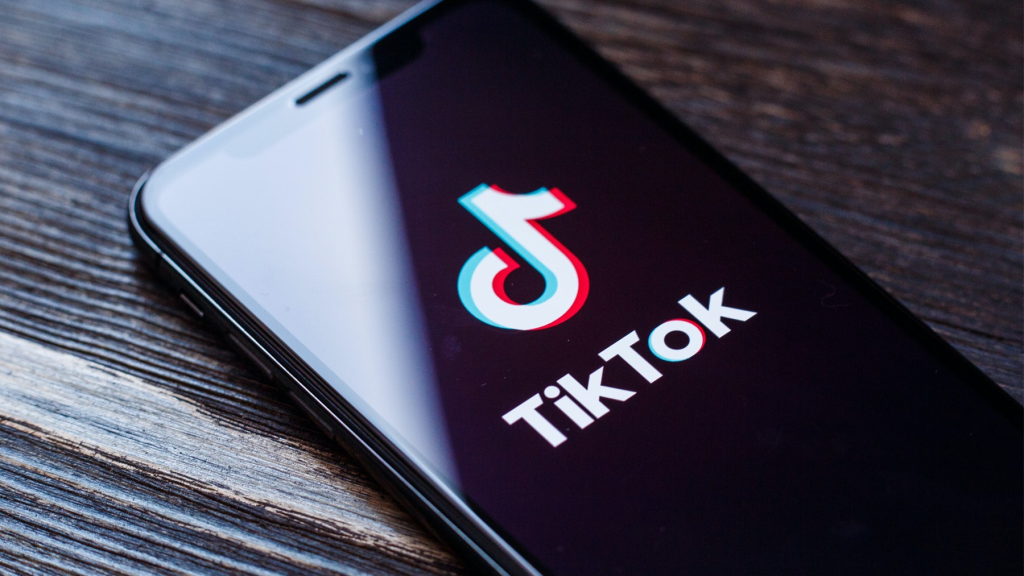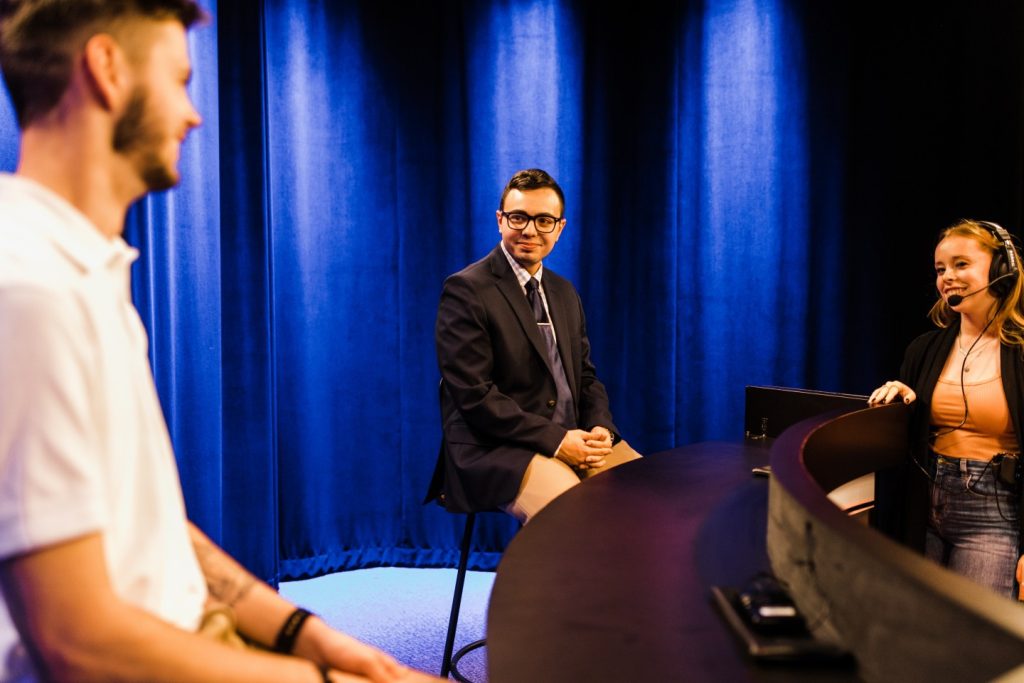TikTok has become a global platform for discovering new music, turning snippets of songs into viral phenomena. Many users want to convert these catchy TikTok tunes into MP3 files for offline listening. Converting TikTok audio to MP3 is straightforward with the right tools and techniques, ensuring high-quality downloads while respecting copyright laws. Here, we will explore best practices for downloading TikTok music and turning those viral hits into MP3 files. One of the most popular and accessible methods for converting TikTok music to MP3 is through online converters. Websites like SSSTikTok, MusicallyDown, and TikTokDownloader offer user-friendly interfaces and fast processing times. To use these platforms, simply copy the URL of the TikTok video that features the desired song, paste it into the converter’s search bar, and select MP3 as the output format. These websites are designed to be intuitive, making it easy for even novice users to download high-quality audio files in seconds. Most of these services are free and do not require any registration, providing a hassle-free experience. For users who prefer mobile solutions, there are several apps available for both Android and iOS devices.

Android users can download apps like TikTok Downloader from the Google Play Store, which allows for quick conversion of TikTok videos to MP3. These apps typically follow a simple process: paste the video link into the app, select MP3 as the desired format, and download the file. iOS users can utilize apps like Total Files, which not only function as file managers but also support video and audio downloads. By pasting the TikTok video link into the app, users can easily convert and download the audio in MP3 format. These mobile apps often come with built-in media players, making it convenient to organize and play downloaded tracks without needing additional software to download tiktok mp3. Another effective method for converting TikTok music to MP3 is through screen recording. Both Android and iOS devices come equipped with built-in screen recording features. By enabling screen recording, playing the TikTok video, and saving the recording, users can capture both audio and video. After recording, users can use video editing software or apps to extract the audio and save it as an MP3 file.
For desktop users, browser extensions like TikTok Video Downloader or standalone applications like 4K Video Downloader provide robust solutions for downloading and converting TikTok music. These tools integrate with web browsers, allowing users to download videos and extract audio files directly. After installing these extensions or applications, users can quickly convert TikTok videos to MP3 with just a few clicks. These desktop solutions often offer higher download speeds and better audio quality, making them ideal for users who prioritize fidelity. Many TikTok songs are copyrighted, and unauthorized commercial use can lead to legal issues. Supporting artists by streaming their music on official platforms like Spotify, Apple Music, or purchasing tracks through legitimate channels helps ensure that creators receive proper recognition and compensation. Whether you prefer online converters, mobile apps, screen recording, or desktop solutions, there are numerous options to suit your needs. By following these best practices, music lovers can enjoy their favorite TikTok tracks offline while respecting copyright laws and supporting artists.

